Zipline, a pioneer in autonomous drone delivery, has secured permission to conduct Beyond Visual Line of Sight (BVLOS) operations across all 50 U.S. states, a milestone celebrated by CEO Keller Rinaudo Clifton as a direct result of President Donald J. Trump’s recent Executive Order. Signed on June 6, 2025, the White House’s “Unleashing American Drone Dominance” order aims to revolutionize drone manufacturing and operations, with Clifton highlighting its potential to transform the industry. For DroneXL readers, his insights from recent X posts underscore how this policy shift, combined with Zipline‘s 50 million autonomous miles flown, paves the way for a new era of drone delivery.
Overcoming Regulatory Hurdles with Part 108
Clifton’s X posts emphasize the long-standing regulatory barriers that have stifled U.S. drone growth, a challenge the Executive Order directly addresses.
He notes, “The Drone Industry in the US has long been hobbled by regulations that make beyond visual line of sight (BVLOS) operations very difficult. @zipline flew 50 million autonomous miles outside the US before becoming the first company to get permission to fly BVLOS commercially in all 50 states.”
This achievement, covering distances up to 10 miles per flight almost all beyond-visual-line-of-sight, stems from the order’s directive for the FAA to create a new rule (Part 108).
Clifton explains, “The EO directs the FAA to create a new rule (Part 108) that will dramatically simplify regulations for vehicles that are 100 times smaller than cars, rather than 100 times larger. And BVLOS will become a standard and expected capability for these systems.”
This shift tackles the outdated Part 135 air carrier certification, originally designed for massive aircraft.

Clifton points out, “Treating a 60 lbs autonomous aircraft the same as a 200,000 lbs aircraft is problematic.”
The new rule tailors regulations to drone scales, promising faster approvals and broader operational scope for Zipline and similar firms.
Streamlining Reviews and Unlocking Scale
Clifton also highlights the order’s impact on environmental and approval processes, a bottleneck Zipline has navigated.
He states, “NEPA continues to be the scourge of any team trying to build something of meaning or consequence in the US. In our case, we wait a year to get through Ayn Randian Environmental Assessments.”
The Executive Order streamlines these reviews, allowing approval in one city to apply rapidly to others, unlocking geographic scale across the U.S.
Clifton adds, “This EO dramatically streamlines these reviews, which will unlock geographic scale in the US.”
This efficiency could slash deployment times, enabling Zipline to deliver medical supplies or goods to remote areas at speeds up to 70 miles per hour. The order also updates hazmat rules, allowing diverse battery types, and digitizes airspace data to protect critical sites like nuclear power plants, aligning with Clifton’s vision for rapid expansion.

Boosting U.S. Manufacturing and Innovation
Clifton stresses the order’s focus on domestic manufacturing, noting a stark production gap.
“Sadly, there are very few of us. China manufactures more drones in a week than the US produces in a year. This technology is the future of warfare, so we should wake up as a country. We need to build a massive manufacturing base for drones in the US over the next 5 years.”
The policy prioritizes U.S. Drone Companies, aiming to create jobs and reduce reliance on foreign tech, a trend Zipline could lead with its established infrastructure.
Enhancing Safety and Infrastructure Protection
The order’s safety measures resonate with Clifton’s goals.
He notes, “Finally, the EO makes it US policy to update the outdated hazmat rules. We haven’t been able to deliver a wide variety of batteries, makeup with certain chemicals etc. because of esoteric aviation laws that should not apply.”
This change, alongside digitized airspace information and expedited rules for protecting critical infrastructure, supports Zipline’s operational reliability.
Benefits and Implications for Drone Pilots
For DroneXL readers, Clifton’s insights offer a roadmap. Zipline’s BVLOS success, requiring detect-and-avoid systems with a 1.2-mile radar range, sets a standard. The order’s manufacturing push may raise costs for imported drones, but it promises long-term growth.
Clifton concludes, “Accelerating robotics and physical AI in the US is the most important path to securing a future world that is abundant and just. It’s time to build,” urging pilots to embrace this evolving landscape.
What’s Next for Zipline and U.S. Drone Delivery?
Zipline’s nationwide BVLOS approval, fueled by Clifton’s advocacy and the Executive Order, positions it to lead drone delivery. The FAA’s Part 108 implementation, expected by late 2025, will be key. Pilots should monitor these developments, as they could redefine industry standards and operational possibilities.
Photos courtesy of Zipline.
Discover more from DroneXL.co
Subscribe to get the latest posts sent to your email.




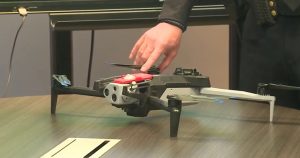
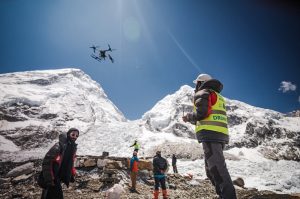

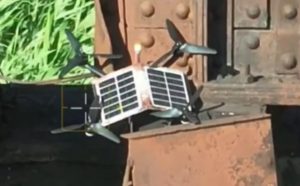
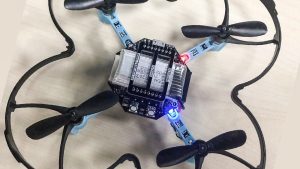


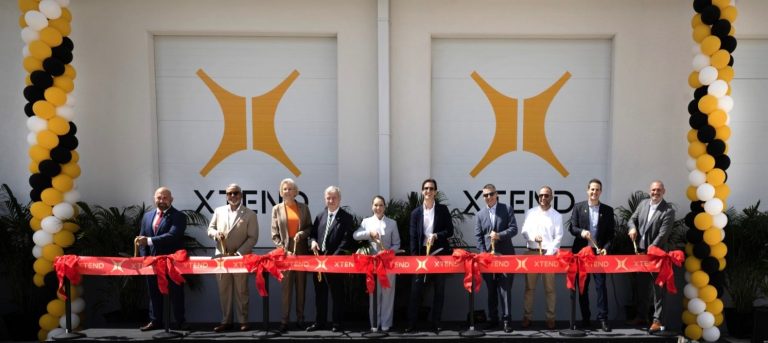
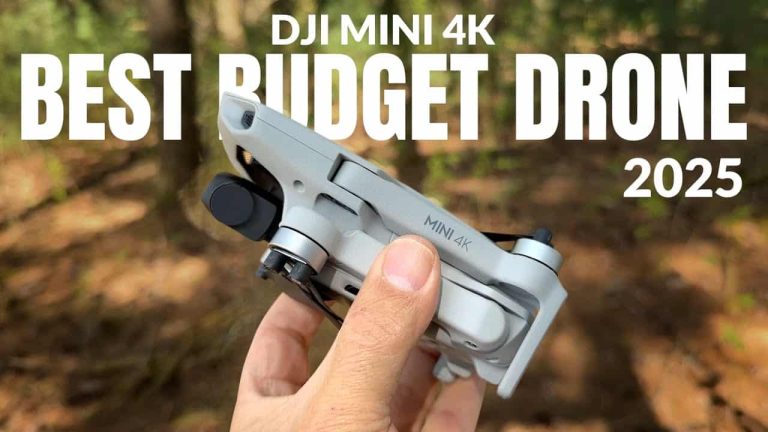
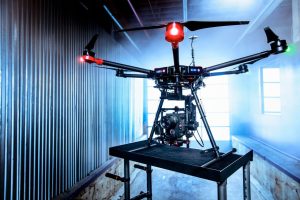
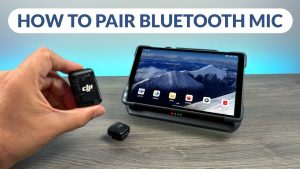
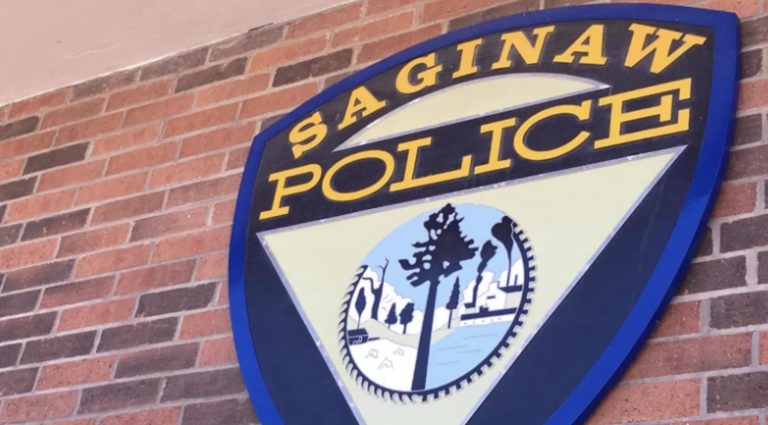
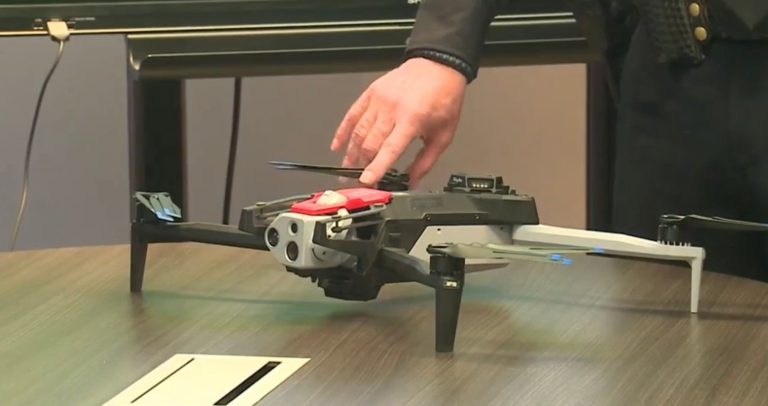
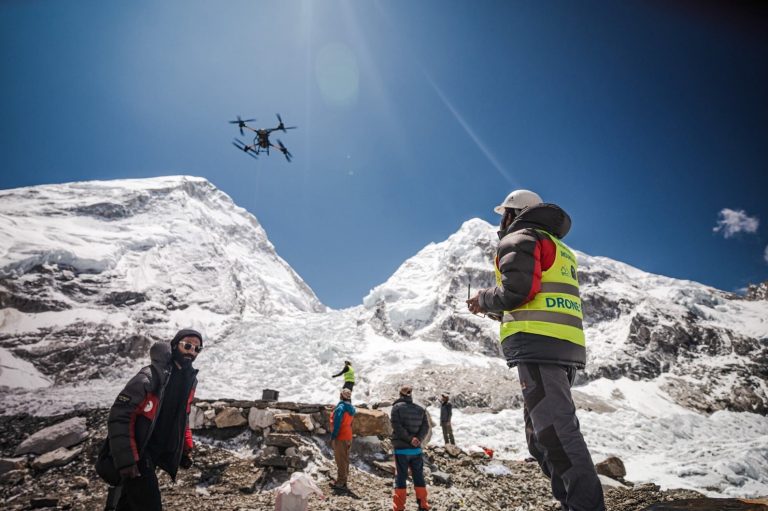
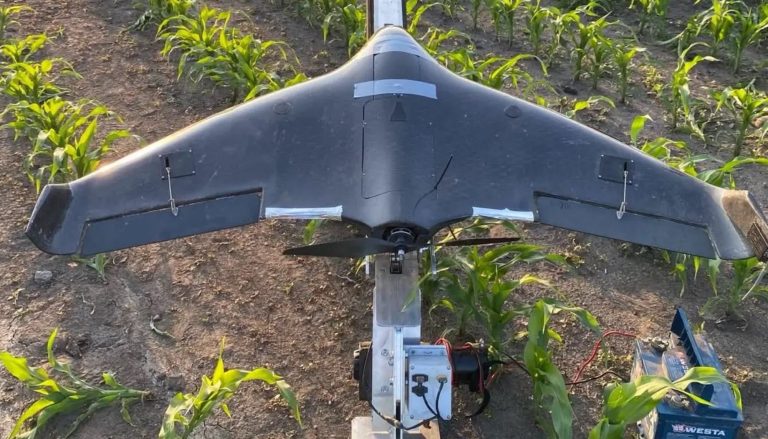
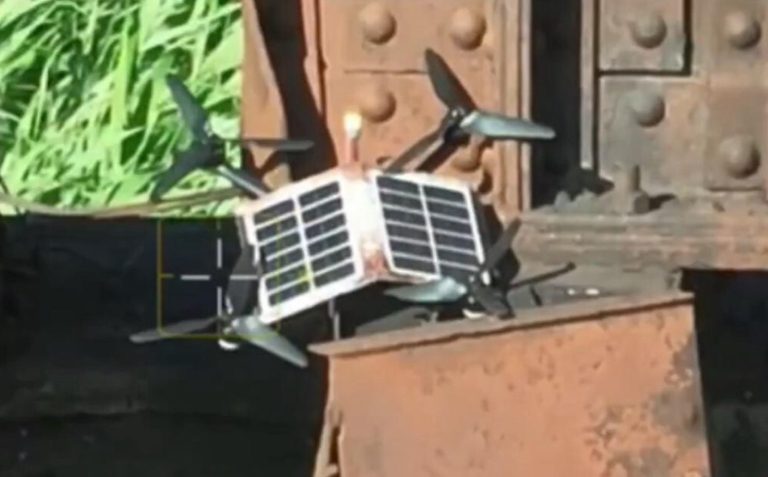
+ There are no comments
Add yours